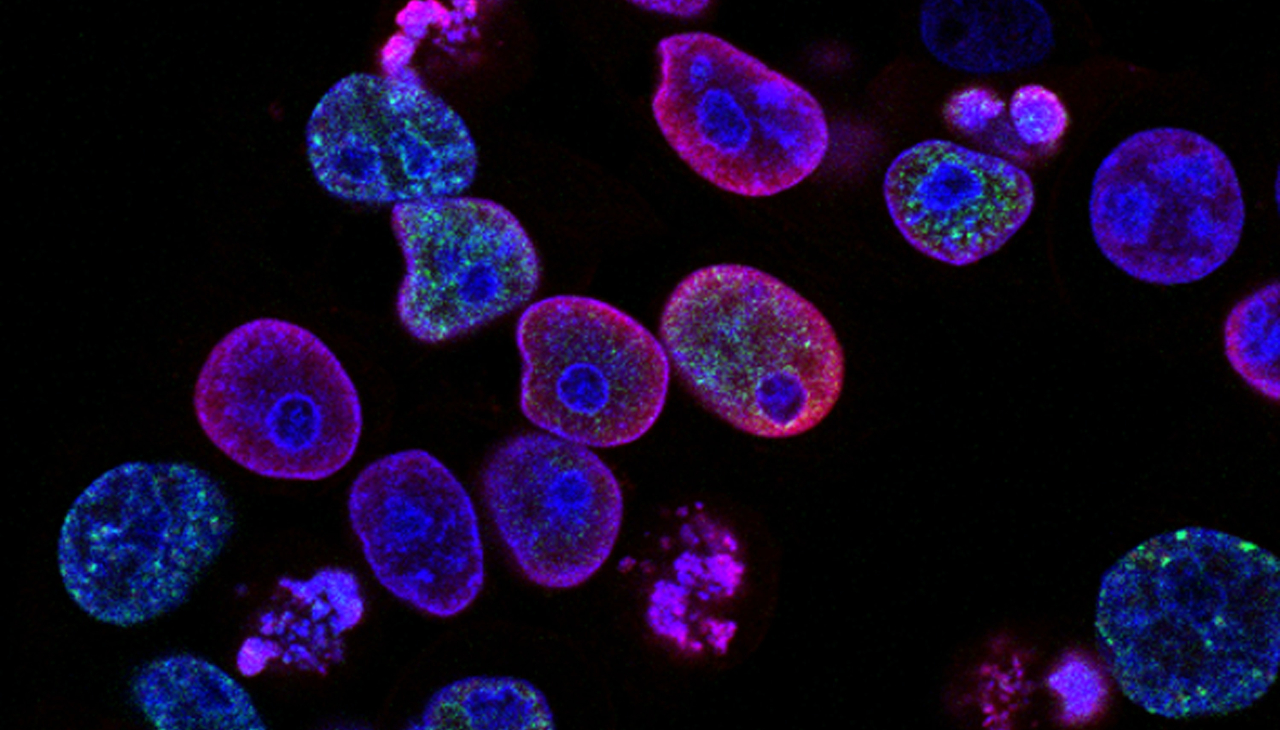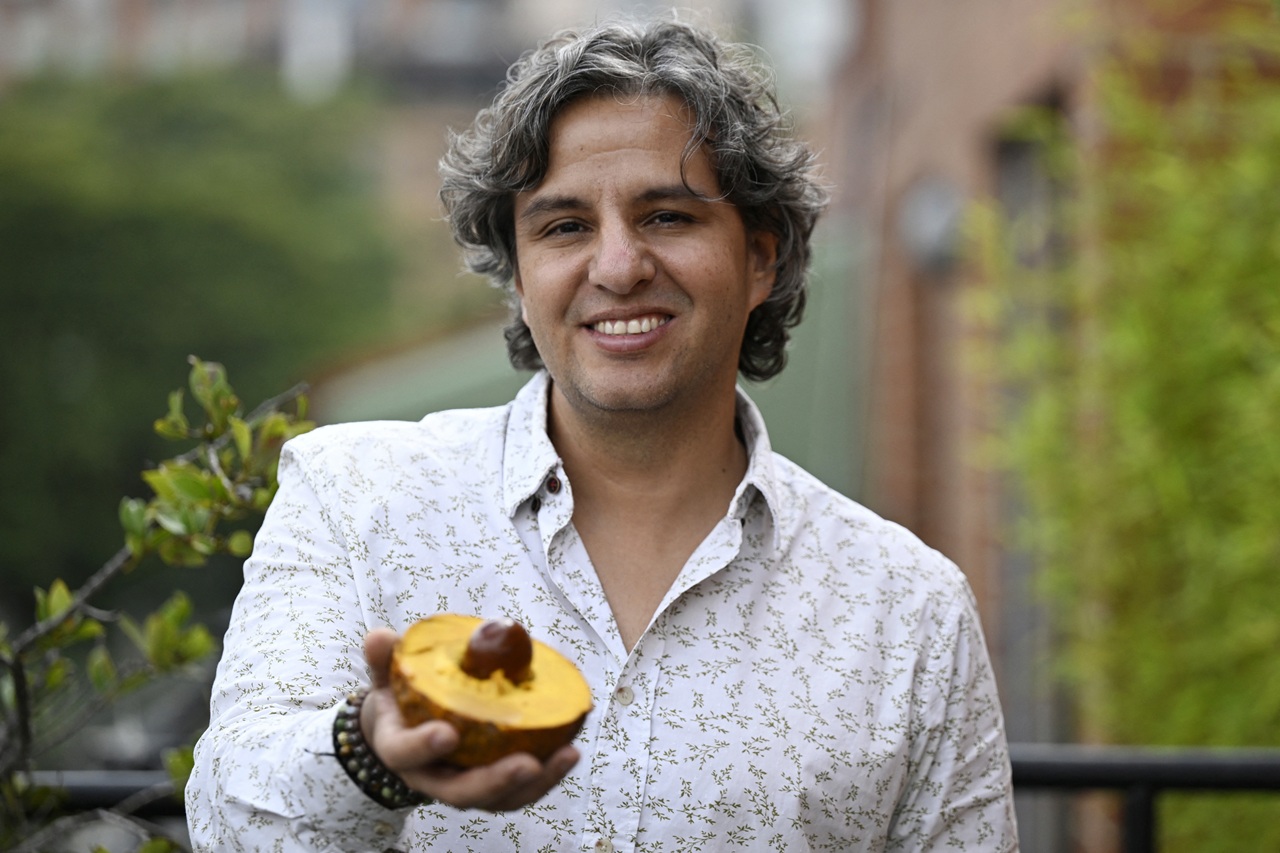
The prevalence of cancer in the U.S. Latino community and best ways to combat it
Chief Science Officer Jorge Garces spoke with AL DÍA to detail the work being done at Exact Sciences to address it, and it starts with screening.
Cancer is the leading cause of death among Hispanic people in the United States.
According to the American Cancer Society, it accounts for about 20% of all deaths among Hispanics.
Why is this the case?
Jorge Garces, Chief Science Officer at Exact Sciences, recently spoke with AL DÍA to provide some insight into this.
“The issue is that we Hispanics are more likely to get diagnosed that at later stages of the disease,” he said.
Garces noted that colorectal cancer is one of the forms of cancer that impacts Hispanics the most. It's the second most common cancer and the third leading cause of cancer-related deaths.
The key to improving this condition is to get more Hispanics screened earlier for the presence of cancer.
“The survival rate among those screened at early stages of the disease is about 90%. So, nine out of 10 people have a five-year or better survival rate when they’re diagnosed early,” said Garces.
“At the late stages of the disease, that survival rate drops dramatically to about 10%, where only one in 10 survive the cancer journey,” he added.
Why Aren’t Hispanics Getting Screened Earlier?
Improving the alarming statistics surrounding Latinos and cancer can be heavily influenced by increased earlier screening.
However, not getting screened earlier — or not at all — are concepts that go quite deep, as several barriers often stand in the way.
“A lot of getting people screened earlier has to do, in particular among Hispanics, with awareness,” said Garces.
Many Hispanics are not aware of screening methods, which reduces the likelihood of knowing how or when to get screened.
As a first-generation Colombian-born immigrant who grew up in New York City, Garces has, in his words, “been fortunate to share in the American Dream story.”
However, he has also witnessed from his parents the lack of awareness and in some cases fear that is often present in their generation as it pertains to healthcare measures.
Another prominent barrier is access, or lack thereof.
“I think it’s difficult — using my parents as an example — for them to go out to an imaging center, and have to sometimes take a day off from work to do that. And they need somebody to drive them as often these centers can be far away.”
Language can be another factor that ties into the awareness point.
Garces noted that given how about 20% of Americans are Hispanic or Latino, the healthcare system making things accessible and understandable is of the utmost importance.
All these factors combine to create the high number of U.S. Latinos that are diagnosed with cancer.
Addressing Barriers at Exact Sciences
As Chief Science Officer, Garces oversees all the research and development programs for the cancer tests that take place at Exact Sciences.
He also oversees the company’s clinical trials and regulatory strategy for getting products developed and approved by the FDA and other agencies throughout the world.

To be most effective in the work, the team at Exact Sciences aims to directly address the many barriers that the U.S. Hispanic and other diverse populations face, and help shift that dynamic.
With colorectal cancer as one of the most prominent, Exact Sciences provides an alternative option for those getting screened for the disease.
Cologuard® is a convenient, noninvasive screening option for colorectal cancer that can be used at home with no special prep, time off, diet or medication needed.
This option is a good alternative for those with distrust or a level of fear towards healthcare institutions. It also is effective for addressing the language barrier for non-English speakers.
“We are doing more and more in terms of commercial advertisement of Cologuard® in Spanish, making sure all of our brochures are printed in Spanish, as well as other languages,” added Garces.
While colorectal cancer may be the most prevalent among Hispanics, other cancers persist, as well.
Earlier this year, Exact Sciences announced the launch of OncoExTra™, a new ultra-comprehensive test that provides a report for physicians that includes all available treatments for the patient’s specific cancer — including clinical trials — to help doctors make the best treatment decision.
RELATED CONTENT
“The right treatment can often lead to a much better outcome than the wrong treatment,” Garces underscored.
He continued, “This test really allows for the patient to have personalized treatment of their individual tumor. We analyze that tumor for both DNA and RNA components of that tumor, and what that allows us to do is provide guidance to the treating physician on what therapies are best and what treatments are best for that patient.”
Exact Sciences also utilizes a test called, Oncotype DX that predicts a patient's individuals benefit from chemotherapy, as well as the risk of recurrence.
It’s an alternative to Chemotherapy is notable for causing many side effects for those who undergo that treatment option, particularly for breast cancer, which is also prevalent for many Hispanic women, but is often underdiagnosed.
“We found that for many women with particular subtypes of breast cancer, 70% of them can avoid chemotherapy and still have very good outcomes; equivalent outcomes as if they would have if they had chemotherapy,” Garces highlighted.
A Goal of Prevention
Cancer diagnosis and treatment are both important topics when discussing the disease.
According to the American Cancer Society, there has been a steady decrease in both the diagnosis and mortality rates of colorectal cancer across the United States.
Garces noted that about 12% of that decrease could be attributed to improvements in treatment within the healthcare system.
About 53% of the decrease can be attributed to screening.
“Screening, I cannot emphasize enough, is so important to our ability to battle this deadly disease,” noted Garces. “We have to get screened, we have to do it regularly, and we have to do it as soon as possible.”
In between those two factors, however, is another piece of the puzzle that can also pay huge dividends — prevention.
The American Cancer Society reports that about 35% of that decline can be explained by changes in risk patterns and lifestyle changes.
“For example, no smoking [and] a low-fat diet can all contribute to lowering your risk of cancer,” said Garces.
The various forms of treatment can be crucial in improving the health outcomes of those diagnosed with cancer.
However, screening is Garces’ number one piece of advice.
“Nothing beats screening and making sure that Hispanics and other minority groups participate in our screening programs, and in the value that our healthcare system can provide to its citizens,” he said.











LEAVE A COMMENT: